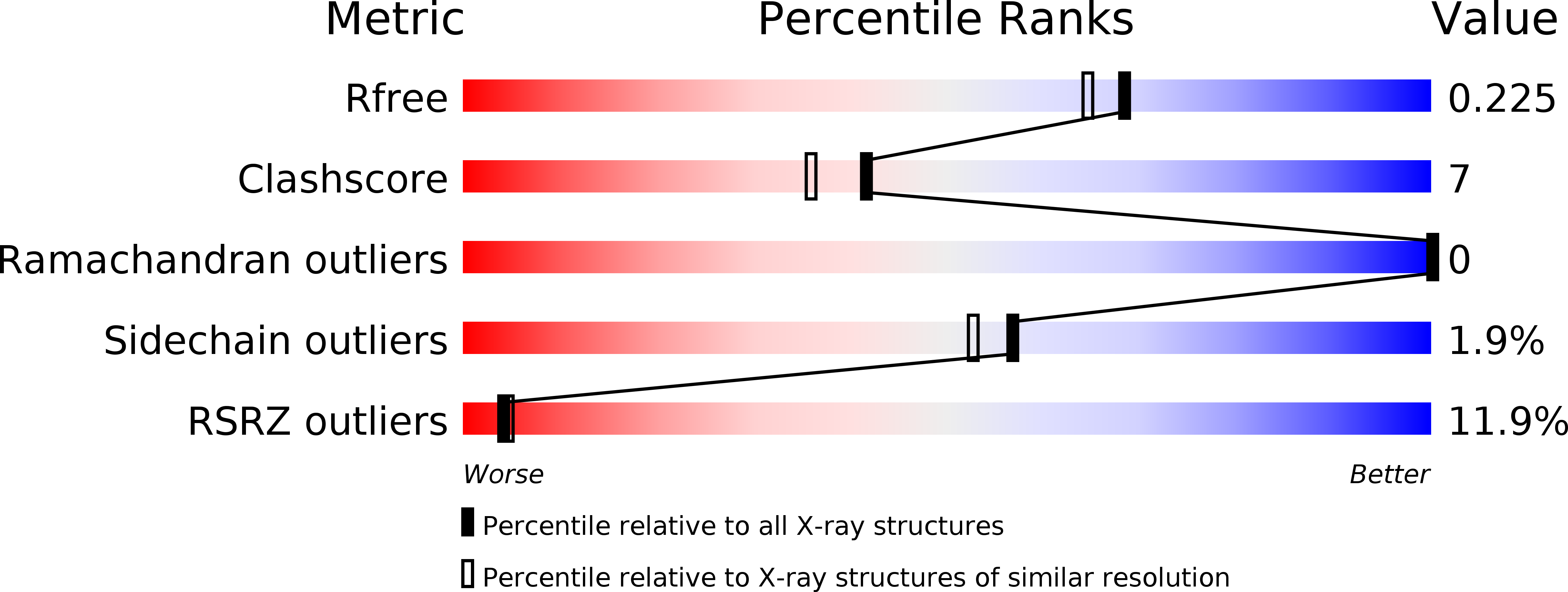
Deposition Date
2001-07-11
Release Date
2001-08-15
Last Version Date
2023-08-16
Entry Detail
PDB ID:
1JK7
Keywords:
Title:
CRYSTAL STRUCTURE OF THE TUMOR-PROMOTER OKADAIC ACID BOUND TO PROTEIN PHOSPHATASE-1
Biological Source:
Source Organism:
Homo sapiens (Taxon ID: 9606)
Host Organism:
Method Details:
Experimental Method:
Resolution:
1.90 Å
R-Value Free:
0.22
R-Value Work:
0.19
R-Value Observed:
0.19
Space Group:
P 42 21 2


